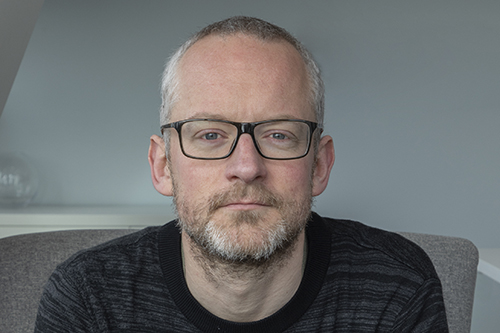By Chris Mahony (Senior Communications Officer), Published
The recent tragic deaths of Dr Mike Lynch, his daughter and five others aboard his yacht in Sicily are still the subject of a judicial investigation in Italy.
As those following developments in Sicily will have noted, the tech innovator and entrepreneur named his yacht The Bayesian.
Bayes Business School Dean Professor Andre Spicer joined those voicing sympathy and shock at the tragedy. He recalled that Dr Lynch had spoken at the School a decade ago. Dr Lynch also wrote appreciatively of its more recent recognition of the Revered Thomas Bayes. The School chose to honour Bayes, an 18th century statistician, philosopher and vicar, when it decided in 2020 that it should no longer bear the name of Sir John Cass, due to his historic connections with the slave trade.
In an article in City A.M. in 2021, Dr Lynch said the name change was a fitting tribute to a man whose work continues to have an impact on all our lives – and certainly in his.
Describing him as an “information forefather”, Dr Lynch wrote: “If you think of the 20th century as the era of modern physics, the names of the gods of that age, such as Einstein or Bohr, spring to mind. Now we are living in the information age, and the discipline has its own titans. The field is young enough to still warrant debate over its founding fathers but three names stand out: Alan Turing and his work in modern computing; Claude Shannon for his information theory and the Reverend Thomas Bayes.
“Unlike Shannon and Turing, who are both 20th century figures, Thomas Bayes’ body of work was created far earlier – in the 1700s. His theorem provided a simple but revolutionary way of calculating how likely a particular hypothesis is.”
Recalling his first encounter with Bayes’ work as a junior research fellow “in an airless seminar room at Cambridge University in the mid-1980s”, he admitted feeling “stunned” when a visiting professor illustrated how he applied Bayes theorem to his own work searching for submarine signals in the ocean.
He left the session confused, he said, “wondering whether I had missed something, but also certain there was something truly fundamental in this approach. And indeed, over the last 35 years, I have seen how the approach of Bayesian inference and the related message has revolutionised the world in which we live.”
He continued: “Despite his ground-breaking work, we actually know relatively little about Thomas Bayes. He was an English country vicar living in Tunbridge Wells, and during his life he was eminent enough to become a Fellow of the Royal Society.
“The story goes that he tried to use mathematics to investigate a proof which sought to establish the existence of God. Whether this is true or not, he certainly did establish Bayes’ theorem, which is an incredibly elegant way of combining what you know, what you measure and what you think you know.
"It can meld the objective and the subjective. Bayes’ work has gone on to become the underpinning of our modern AI age. Everything from smartphones, Siri, modern economics, autonomous vehicles, genomics to trying to locate lost airliners is underpinned by Bayesian inference.”


